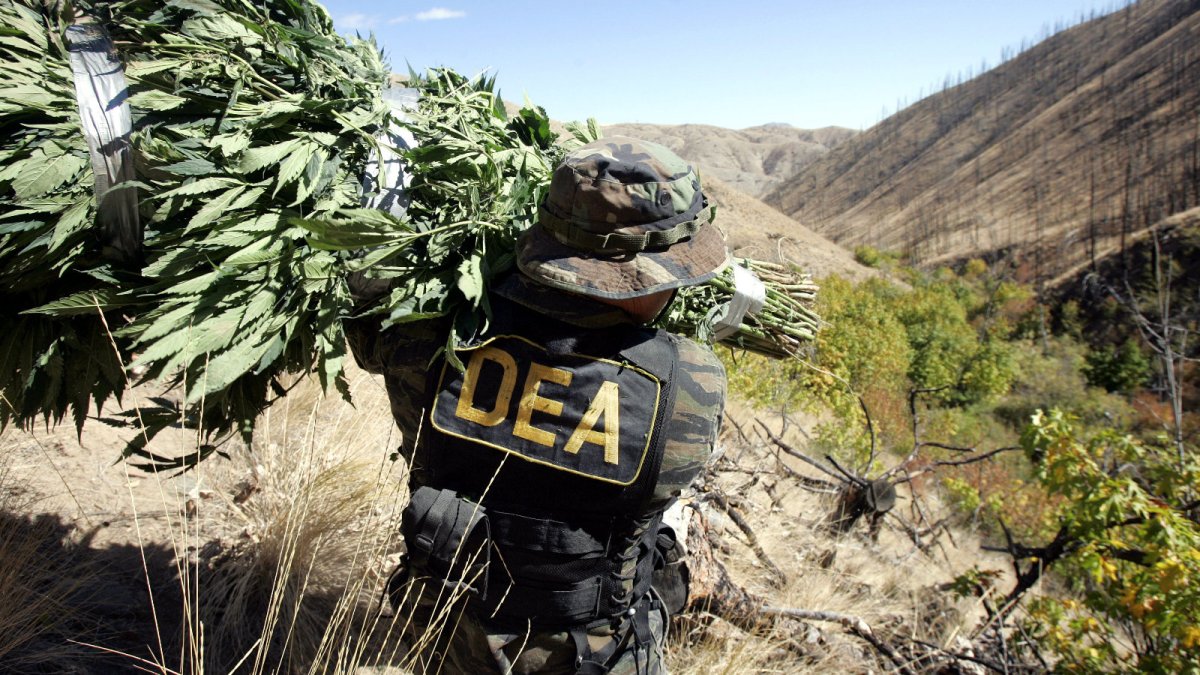I am sure that when one hears the word crocodile, they think of the big jawed, green, scaly reptile that we all have seen. Though what if I told you that this was also the street name for a flesh-eating drug that is starting to become mainstream? One may then think I was making stuff up or that one has never heard of this. However, that is which will be discussed today. What will be covered is what is Crocodile, how it’s made, its effects, its origins, where it is common, and then some resolutions.
As stated above, what exactly is this crocodile? First it must be noted that crocodile goes by a many of names. While the listed above name is one of its main street names, it is also known by the name Krokodil (the Russian street name), and as desomorphine because of its main ingredient. To which for the rest of this article crocodile will be referred to its actual name Krokodil.
In answering the first question above, according to TOXNET, “Krokodil is a mixture of several substances and was first reported to have been used in Russia in 2003. The core agent of “Krokodil” is desomorphine, an opioid-analogue that can be easily and cheaply manufactured by oneself.”
Though the next thing would to be to describe what other substances is combined with desomorphine to create this drug. To which according to TOXNET, “Desomorphine has attracted attention in Russia due to its simple production, utilizing codeine, iodine, gasoline, paint thinner, hydrochloric acid, lighter fluid and red phosphorus.” This already sounds like ingrideints to another common drug such as meth.
The next question lies in how is such a thing made? According to EROWID:
“Clandestine manufacture of desomorphine involves two steps: the extraction of codeine from pharmacuetical products, followed by the synthesis of desomorphine from the codeine. The extraction of codeine involves mixing the codeine source (which often contains acetaminophen and other substances) with organic solvents such as gasoline, adding a strong base such as lye and then adding an acidic solution such as hydrochloric acid to produce water soluble codeine salts that will reside in the aqueous layer. The codeine can be further extracted but many will proceed directly with the next step. The extracted codeine is mixed with iodine, hydrochloric acid, and red phosphorus to reduce the codeine to desocodeine. Subsequently the desocodeine is demethylated itto desomorphine in a one-pot synthesis that may take 45 minutes. There are some reports of attempts at neutralization at the end of the reaction using cigarette ash or sodium bicarbonate.”
With a drug that has such a crude manufacturing process and ingredients, it would be safe to assume that the effects are not pretty. According to Narconon:
“Effects include:
- Disruption of endocrine system due to the iodine content
- Muscle destruction, also due to iodine
- Bone damage due to high phosphorus levels
- Nervous system damage due to iron, zinc, lead and antimony content
- Inflammation of liver and kidneys also due to these metals
- Ulcers that will not heal
- Arms and legs that wither and die
- Veins used for injection burn up from the caustic chemicals
- Abscesses and gangrene
- Overall collapse of health”
Once reading through hit can be seen why this is known as a flesh-eating drug. Though it gets its name from one other side effect they listed which includes “it makes some users’ flesh turn green and rough, like a crocodile’s skin
Though how where could such a horrid thing have originated? In a fact that may surprise many, the main ingredient originated from the United States almost 90 years ago. According to the DEA, “Desomorphine (Dihydrodesoxymorphine ordihydrodesoxymorphine-D) is a synthetic morphine analogue synthesized in the 1930s in the United States.” Though it would be almost another 70 years before any international incidents would be reported. Though the toxic mixture, which is listed, as according to TOXNET, was “first reported to have been used in Russia in 2003”.
However, where is most common then? If we look at in the sense of the drug, then this is mainly exclusive to the Country of Russia. Though if one is to look at the main ingredient desomorphine, then this is still in use today. There has only been one country that still uses this medically and that goes to Switzerland.
Though what could be some possible resolutions to such a horrid drug? One can mark out the idea of banning the chemicals that make it because they are everyday things. The main ingredient isn’t even pharmaceutically available in the majority of countries. So where does one start.
As with most drugs it starts with the users. Russia has been in the process of getting people off of this drug with rehabilitation centers. Though I believe they are heading in the right direction, I believe as well that they need to educate people. It must be treated like any other drug, thus starting with education about it, it may deter those on it or looking to start something.
-Samuel Good lll
References
- Image: https://www.google.com/search?tbm=isch&sa=1&ei=SL4FWoCjFcnFmwGrnoyACQ&q=a+crocodile&oq=a+crocodile&gs_l=psy-ab.3..0l10.11584.12996.0.13168.3.2.1.0.0.0.91.144.2.2.0….0…1.1.64.psy-ab..0.2.101….0.S1MHYLWHOs0#imgrc=FT3JTlxYNB61NM
- (2013, September 04). Retrieved November 14, 2017, from https://toxnet.nlm.nih.gov/cgi-bin/sis/search/a?dbs%2Bhsdb%3A%40term%2B%40DOCNO%2B8070
- (2013, October 1). Desomorphine (Krokodil) Basics. Retrieved November 14, 2017, from https://erowid.org/chemicals/desomorphine/desomorphine_basics.shtml
- Drug Abuse | Effects of Desomorphine Abuse. (n.d.). Retrieved November 14, 2017, from http://www.narconon.org/drug-abuse/desomorphine-effects.html
- (2013, October). DESOMORPHINE (Dihydrodesoxymorphine; dihydrodesoxymorphine-D; Street Name: Krokodil, Crocodil). Retrieved November 14, 2017, from https://www.deadiversion.usdoj.gov/drug_chem_info/desomorphine.pdf




